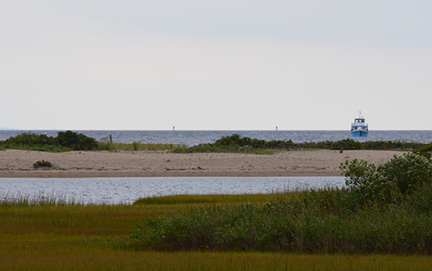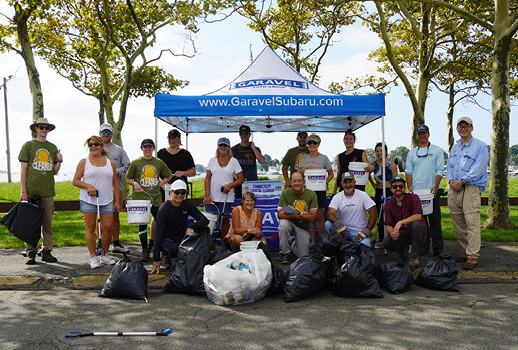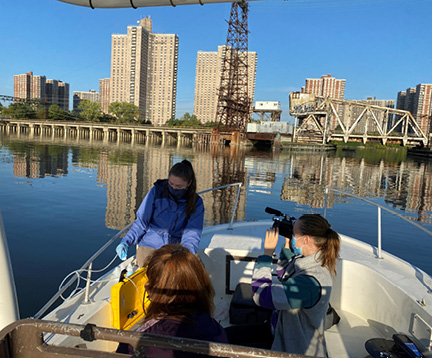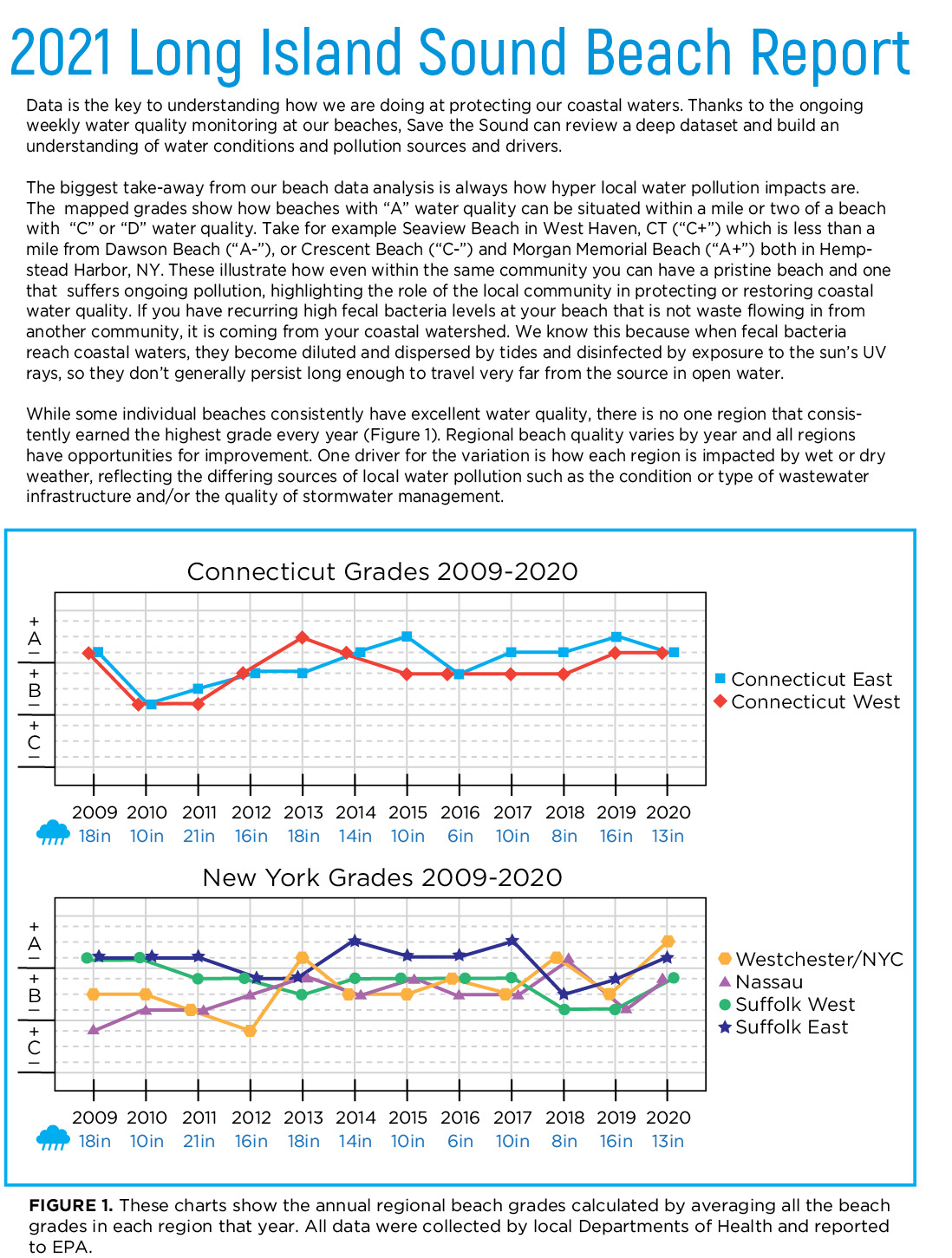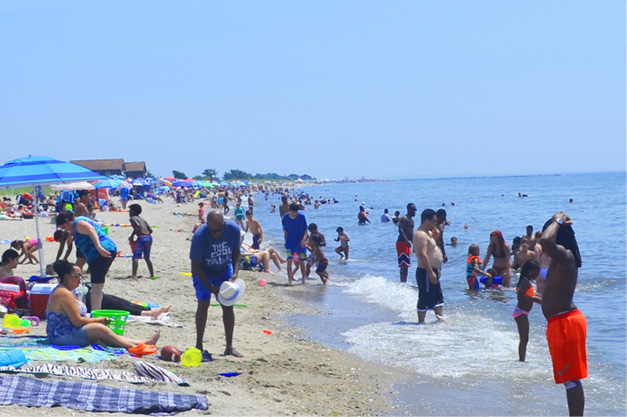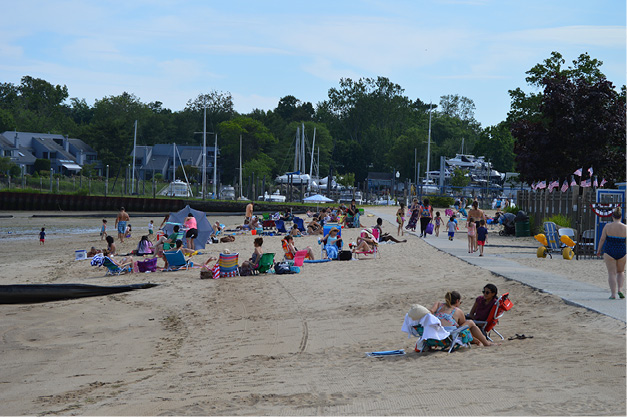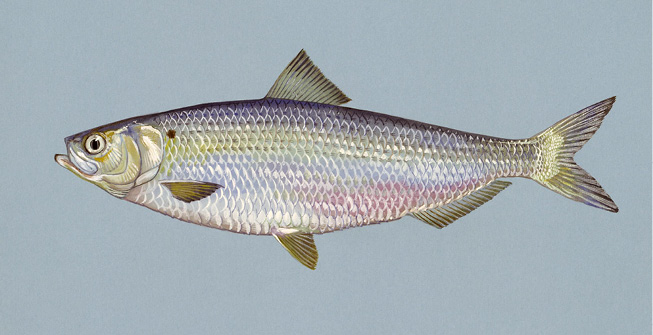Save the Sound Dispatch
Launching Connecticut’s National Estuarine Research Reserve
By Jamie Vaudrey, UConn; Kevin O’Brien, CT DEEP; and Anthony Allen, Save the Sound On January 14, 2022, the National Oceanic & Atmospheric Administration (NOAA) announced that a network of state-owned properties in southeastern Connecticut and portions of the surrounding waters was designated as the nation’s 30th National Estuarine Research Reserve (NERR). The NERR System is a network of coastal sites across the country designated to protect and study estuarine systems. Established through the Coastal Zone Management…

